Best Way To Sharpen A Pocket Knife: Beginner’s Guide
- January 31, 2024
- 0 comment
Pocket knives are invaluable tools for outdoor enthusiasts, handpersons, and everyday users. A sharp blade ensures precision, safety, and efficiency in cutting tasks. However, over time, the blade’s sharpness can diminish, making the knife less effective and even dangerous to use. Sharpening your pocket knife is vital to maintain its performance and prolong its lifespan. Here’s a comprehensive guide on how to sharpen a pocket knife.
List of Best Way To Sharpen A Pocket Knife
- Step 1: Prepare the Sharpening Stone
- Step 2: Determine the Knife’s Bevel Angle
- Step 3: Start Sharpening
- Step 4: Switch Sides
- Step 5: Test for Sharpness
- Step 6: Clean the Knife
- Step 7: Maintenance
Understanding the Basics
Understanding the material of your pocket knife’s blade is crucial, as it significantly influences the tool’s performance, maintenance, and durability. Stainless steel, an alloy containing at least 10.5% chromium, is highly resistant to rust and corrosion, making it a low-maintenance choice ideal for humid or corrosive environments. Despite its resilience and aesthetic appeal, stainless steel may not retain its edge as well as its counterpart and can be tougher to sharpen.
Carbon steel, known for its higher carbon content, excels in edge retention and ease of sharpening, allowing it to maintain a sharp edge for precision tasks and heavy-duty usage. However, this superior sharpness comes with the cost of increased maintenance; carbon steel is prone to rust and requires regular care, including cleaning, drying, and oiling, to preserve its functionality and appearance.
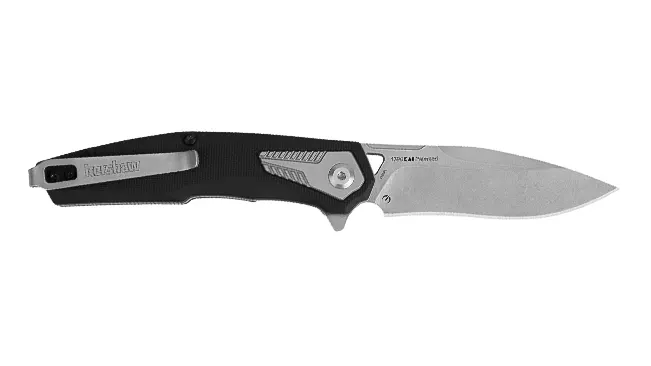
Choosing between stainless steel and carbon steel for your pocket knife involves weighing these factors against your specific needs and preferences. If you prioritize durability and minimal upkeep, stainless steel is the practical choice, offering a balance of resilience and convenience, particularly in challenging conditions.
Suppose you value sharpness and are prepared to invest time in maintenance. Carbon steel is unmatched in its ability to provide a consistently keen edge, making it the preferred option for enthusiasts and professionals who demand peak performance and precision from their tools. Regardless of your choice, understanding the strengths and limitations of each material will guide you in maximizing your knife’s potential and ensuring its longevity.
Tools You’ll Need
Choosing the right tools is essential for effectively sharpening your pocket knife, each serving a unique purpose in the sharpening process. The most commonly used tools include whetstones or sharpening stones, honing rods, and leather strops, all contributing to restoring and maintaining your knife’s edge.
Whetstone or Sharpening Stone
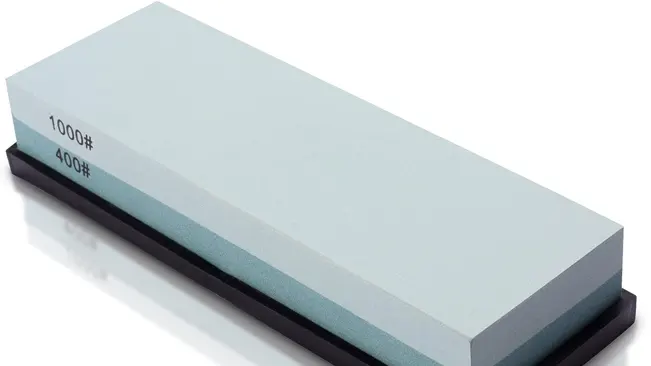
Whetstones, the cornerstone of knife sharpening, are available in various materials such as diamond, ceramic, or natural stone, each offering different levels of abrasiveness, known as grits. A coarse grit, around 400, is ideal for repairing damaged edges or reprofiling a new edge angle, effectively removing significant amounts of metal quickly. As you progress, medium grit stones (around 800 to 1200) help in further refining the edge, smoothing out the scratches from the coarse grit. Finally, a fine grit, 1000 or higher, is used for honing the blade and polishing the edge to a razor-sharp finish. It’s important to start with the coarse grit and move sequentially to finer grits to ensure a sharp, refined edge. Some stones come as double-sided, offering two grits in one, providing convenience and efficiency in the sharpening process.
Honing Rod
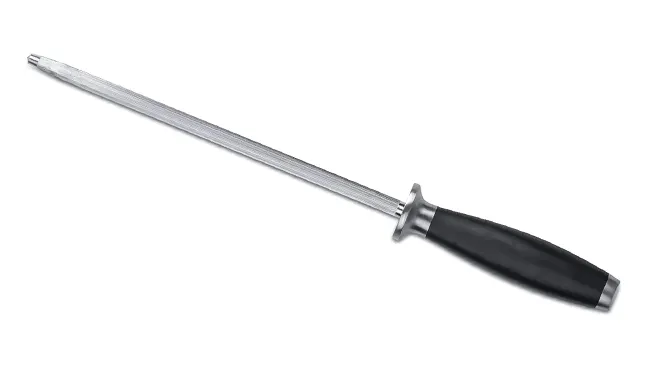
A honing rod, often misunderstood as a sharpener, doesn’t remove material to create a new edge. Instead, it realigns the existing edge, straightening out the microscopic teeth on the blade that can bend through regular use. These rods can be made of steel, ceramic, or even diamond-coated materials, each providing a different level of abrasiveness. Regular use of a honing rod maintains the knife’s edge between more intensive sharpening sessions, keeping it in optimal cutting form.
Leather Strop
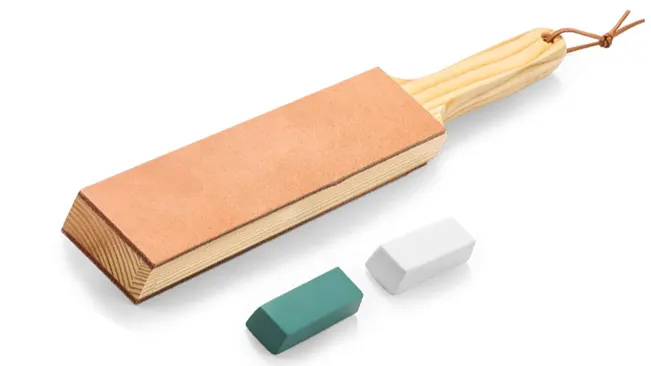
A leather strop is used in the final stage of the sharpening process. It’s not for sharpening per se but is crucial for polishing the blade and removing the final burrs, the tiny metal fibers on the edge of the blade after sharpening. Stropping realigns and smooths out the edge, resulting in a cleaner cut and extending the time between sharpening sessions. Some strops come with compounds that can be applied to the leather, offering varying levels of abrasiveness for more refined edge polishing.
Having a well-rounded set of sharpening tools, including a whetstone, honing rod, and leather strop, equips you to maintain your pocket knife’s edge at peak performance. Understanding and using these tools correctly ensures a sharp, durable blade, is ready for any task you might encounter.
Sharpening Process
Step 1: Prepare the Sharpening Stone
If you’re using a sharpening stone, it’s important to prepare it. If you’re using a whetstone, you may need to soak it in water for about 10-20 minutes before sharpening. If you’re using an oilstone, apply a few drops of honing oil to the stone’s surface.
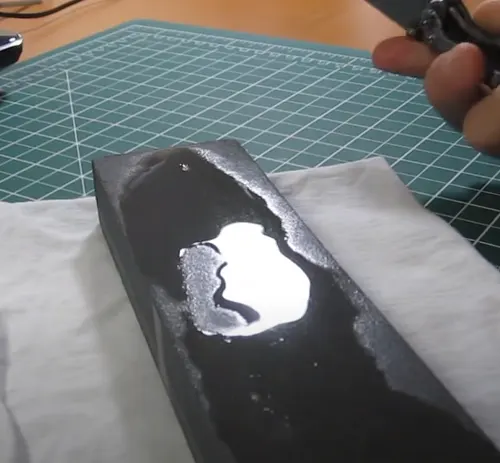
Step 2: Determine the Knife’s Bevel Angle
Most pocket knives have a bevel angle between 15 to 20 degrees. You can use a sharpening guide to maintain a consistent angle or estimate the angle based on the knife’s existing bevel.

Step 3: Start Sharpening
Hold the knife firmly and place the blade against the sharpening stone at the determined angle. Using moderate pressure, move the blade across the stone in a circular or sweeping motion. Be sure to maintain a consistent angle throughout the process.
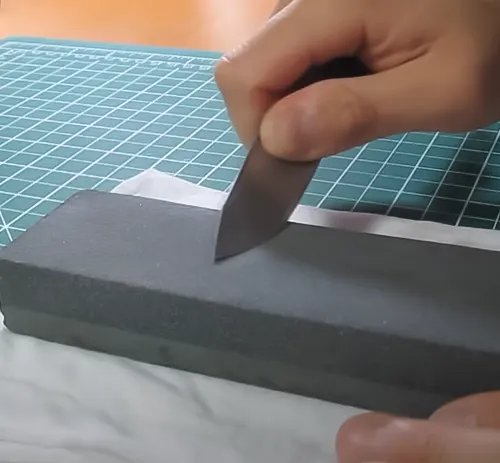
Step 4: Switch Sides
After several strokes, flip the knife over and repeat the sharpening process on the other side of the blade. This ensures an even sharpening and helps maintain the knife’s balance.
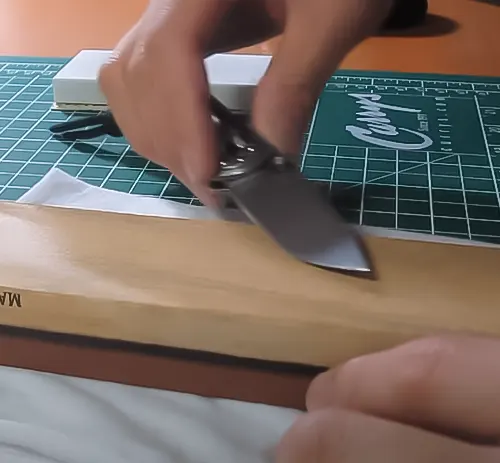
Step 5: Test for Sharpness
After sharpening both sides of the blade, carefully feel the edge with your fingertip. If it feels significantly sharper than before and the edge is consistent along the entire length of the blade, your knife is likely sharp. It should be able to slice through paper or cardboard with ease.

Step 6: Clean the Knife
Once you’re satisfied with the sharpness of the blade, wipe it clean with a cloth or paper towel to remove any metal particles or residue.
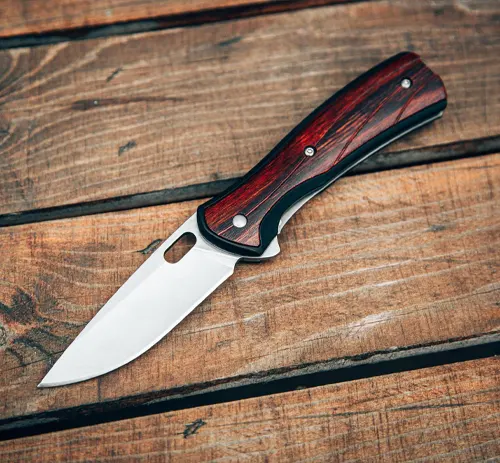
Step 7: Maintenance
To keep your pocket knife in top condition, it’s important to regularly hone and strop the blade. This will help maintain its sharpness and prolong the time between more intensive sharpening sessions.
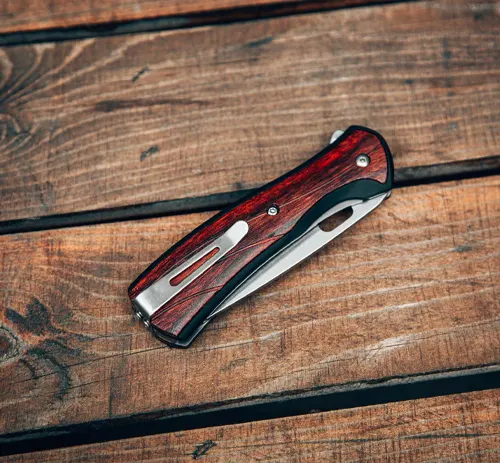
Safety Tips
Ensuring safety while sharpening your pocket knife is paramount, as the process involves handling sharp edges and potentially hazardous tools. Always direct the blade away from your body to minimize the risk of slipping and causing injury. Be particularly mindful of your fingers’ positioning, keeping them well clear of the knife’s edge to prevent cuts. It’s equally crucial to maintain a consistent angle during the sharpening process; inconsistent angling can not only damage the blade but also increase the risk of the knife slipping off the stone or rod, leading to potential injuries.
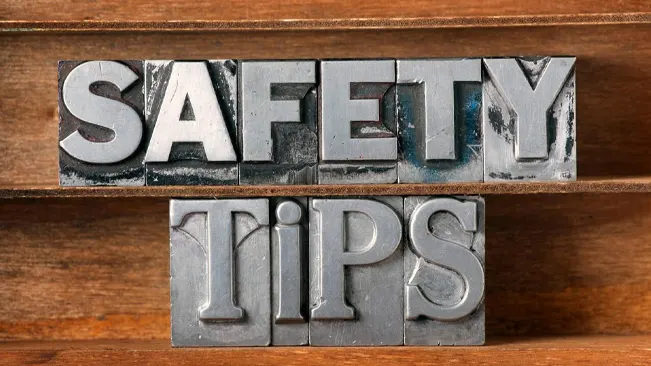
Secure your sharpening tools properly on a stable, non-slip surface to prevent unexpected movements. Sharpening demands your full attention, so ensure you’re focused and free from distractions to avoid accidents. Finally, after sharpening, clean up carefully. Metal filings and sharp burrs can remain on your tools and workspace, so use a brush or cloth to wipe away debris and store your tools safely, preventing accidental cuts later. By diligently following these safety measures, you can create a secure environment that facilitates effective sharpening and maintains the integrity and functionality of your pocket knife.
Maintenance and Care
Caring for your pocket knife involves more than just sharpening; regular maintenance ensures its longevity and optimal performance. Here’s how you can keep your knife in top condition:
- Clean and Dry: After each use, clean your knife to remove debris and moisture, especially from the blade and moving parts. Dry it thoroughly to prevent rust and corrosion.
- Proper Storage: Store your knife in a dry place. If you’re in a humid environment or if the knife has been exposed to corrosive substances, consider using moisture-absorbing materials or applying a light coat of oil to the blade.
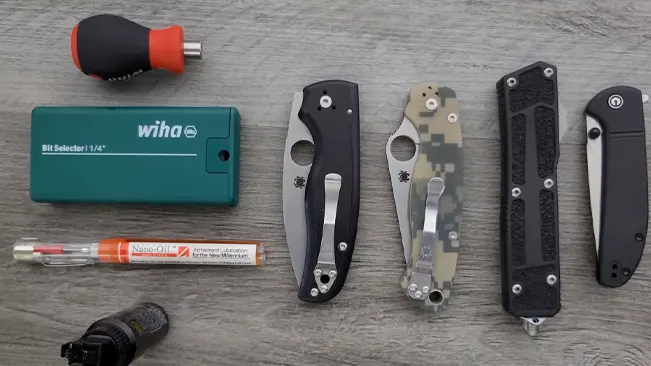
- Regular Honing: Keep the blade aligned and sharp by honing it regularly. This simple maintenance step can significantly extend the time between sharpening sessions.
- Timely Sharpening: Pay attention to your knife’s performance. If you notice any dullness, sharpen the blade promptly to maintain its effectiveness and ease of use.
Maintaining your pocket knife is a rewarding practice that enhances its reliability and your safety. Regular cleaning, proper storage, and attentive care of the blade will ensure that your knife remains a trusty companion for any task or adventure. With the right approach to maintenance, your pocket knife will continue to reflect your dedication to craftsmanship and preparedness for years to come.
Conclusion
A pocket knife holds a place of honor, serving as a steadfast companion to outdoor enthusiasts, handypersons, and everyday users. The art of sharpening a pocket knife is not just a skill but an essential practice that ensures precision, safety, and efficiency in its many uses. This comprehensive guide has delved into the nuances of blade materials, the importance of selecting the right sharpening tools, and the intricacies of the sharpening process itself. From the robust resilience of stainless steel to the sharpness of carbon steel, and from the coarse grit of a whetstone to the final polish of a leather strop, every aspect of pocket knife care has been explored. Embracing this knowledge not only prolongs the life of the knife but also enhances its functionality, making it an indispensable tool in countless tasks and a true testament to craftsmanship and readiness.
FAQs
1. What is the best angle to sharpen a pocket knife?
The best angle to sharpen a pocket knife typically ranges between 10 to 30 degrees per side. The specific angle depends on the knife’s intended use: a lower angle (10-15 degrees) for finer, precision tasks, and a higher angle (20-30 degrees) for more robust, heavy-duty use. It’s crucial to know or find out the manufacturer’s recommended angle for your specific knife.
2. Can I sharpen my pocket knife without a sharpening stone?
Yes, in the absence of a sharpening stone, you can use alternative methods such as the bottom of a ceramic mug, a car window, or a smooth river stone. While these methods can provide a temporary edge, they are not as effective as using a proper sharpening stone.
3. How often should I sharpen my pocket knife?
The frequency of sharpening depends on your usage. Regular users may need to sharpen their knife every few weeks, while less frequent users may do it every few months. It’s best to sharpen your knife as soon as you notice any dullness to maintain optimal performance.
4. What’s the difference between honing and sharpening a pocket knife?
Sharpening removes material from the blade to create a new edge, typically done with a whetstone. Honing, on the other hand, straightens the existing edge without removing significant material, usually performed with a honing rod. Honing should be done more frequently than sharpening to maintain the knife’s edge.
5. How do I know if my pocket knife is sharp enough?
A sharp knife should be able to cut through paper smoothly without tearing it. Another test is the arm hair test – a sharp knife should be able to shave a small patch of arm hair cleanly. If your knife struggles with these tests, it’s time to sharpen it.
6. Is it necessary to use oil or water on a sharpening stone?
Yes, most stones require lubrication to carry away the metal filings (swarf) and reduce heat from friction. Water stones use water, while oil stones use honing oil. However, some stones, like diamond stones, can be used dry or with water.
7. Can sharpening a knife too often wear it down prematurely?
If done correctly, regular sharpening will not wear down your knife prematurely. However, overzealous sharpening or using an incorrect angle can remove more material than necessary, potentially shortening the lifespan of your knife.
8. How do I maintain the angle while sharpening by hand?
Maintaining a consistent angle by hand can be challenging. Using an angle guide can help. Alternatively, you can visualize the angle by holding the knife at half of a 45-degree angle (which is 22.5 degrees), adjusting slightly from there based on your knife’s specific angle.
9. How do I take care of my sharpening stone?
After each use, clean your sharpening stone with water and a brush to remove any metal filings. For oil stones, use honing oil and a brush. Store the stone in a dry place. Occasionally, you may need to flatten your stone to keep its surface even for effective sharpening.
10. Can I sharpen a serrated pocket knife the same way as a straight-edge knife?
No, serrated knives require a different technique. Use a round honing rod that fits the serration size and gently work it in each serration. This process is more intricate and may require more patience compared to sharpening straight-edge knives.

Arthur Grant
With a profound expertise in all kinds of knives and a specialized focus on knife sharpening, I've established myself as a leading figure in the knife community. My journey began with a keen interest in the multifaceted world of knives, spanning from culinary masterpieces to tactical tools. This passion led me to explore and master the art and science of knife sharpening, blending age-old techniques with cutting-edge methods to ensure optimal performance of every blade. My commitment to sharing this wealth of knowledge led to the creation of a dedicated blog, where I engage with a community of knife enthusiasts. Through this platform, I offer a wealth of resources including detailed reviews, insightful tutorials, and the latest in knife trends and innovations. My aim is to educate and inspire, providing valuable information on the proper care, maintenance, and usage of knives, catering to both professionals and hobbyists alike.

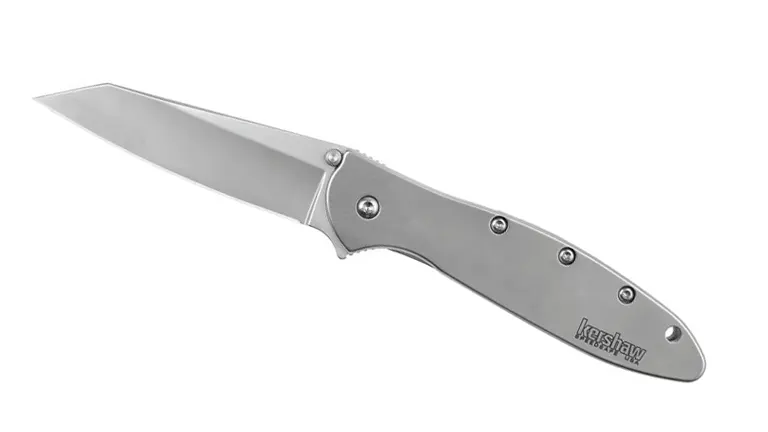
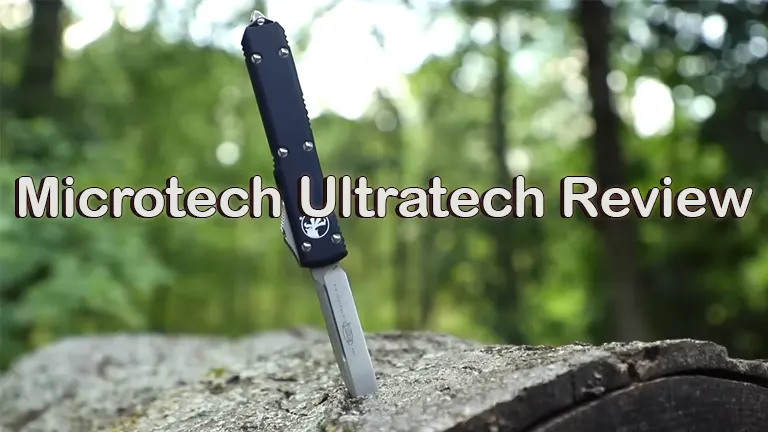
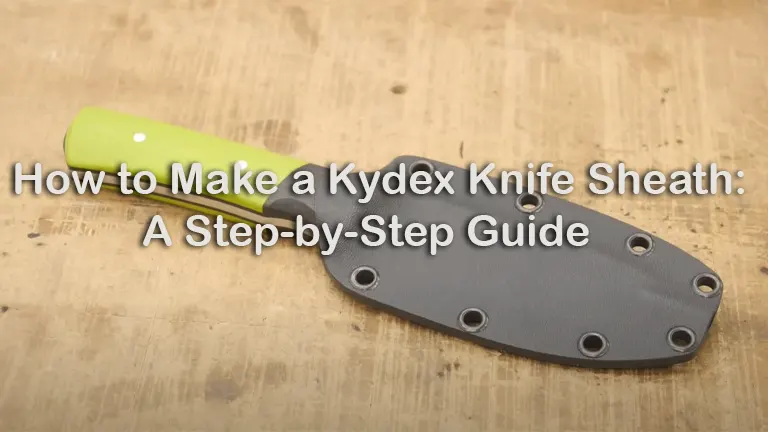
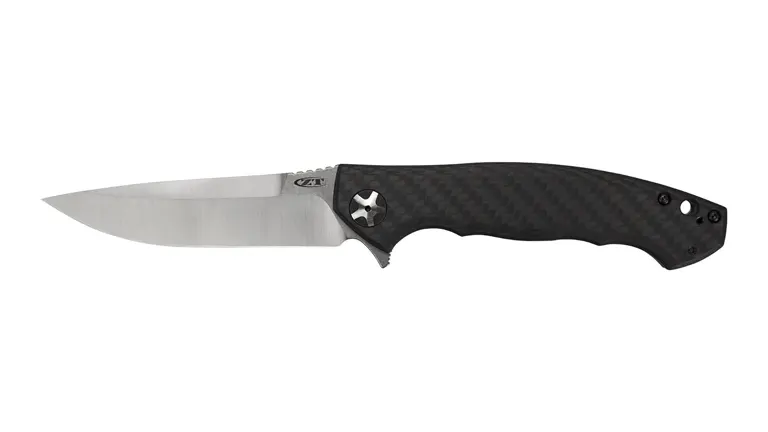



Leave your comment